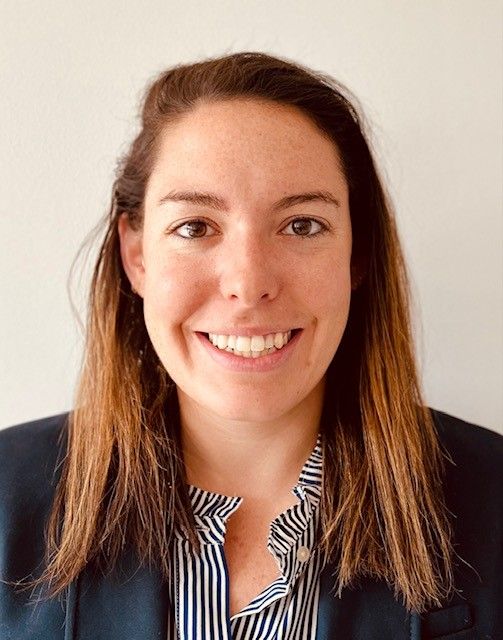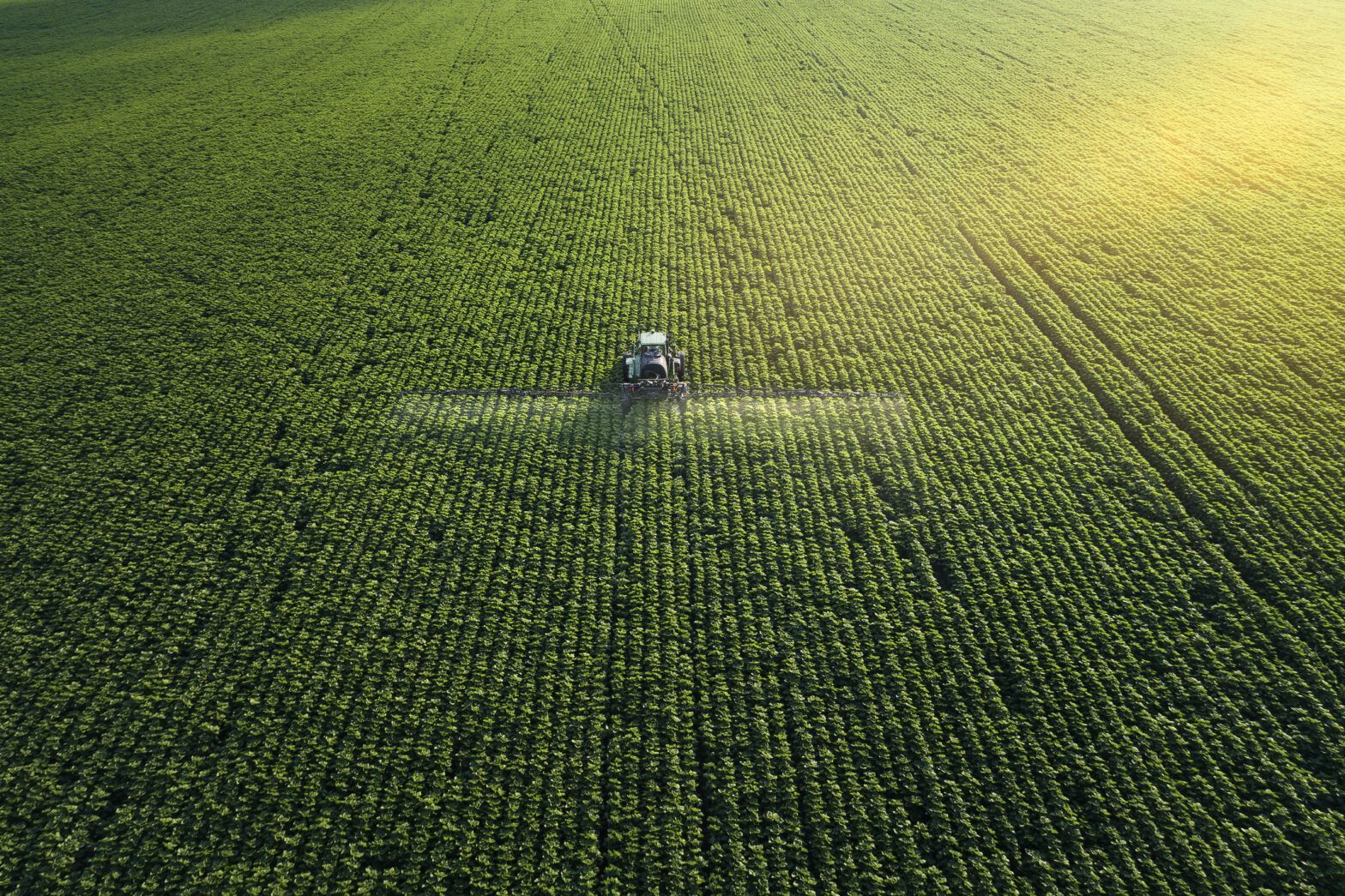Scope 3 emissions are critically important to understand in addressing climate change, particularly in the agriculture sector, says Tovia Rosner, an investment analyst in Allianz Global Investors’ thematic equity team. Even as regulations mostly cover Scope 1 and 2 emissions, asset managers are increasingly engaging with portfolio companies over Scope 3.
Rosner recently spoke with Julie Nash, senior program director of food and forests at Ceres, about the global risks it presents and how active investors can work with companies to address them. This Ceres Q&A is the fourth in a series for ESG Clarity, featuring investor perspectives on climate change and climate action.

Why is transparent and comprehensive disclosure, including for Scope 3 emissions, important within the context of corporate climate strategies?
Scope 3 emissions are typically the largest part of a company’s climate footprint and include emissions from the supply chain, or upstream emissions. Their importance has grown as companies strive for net-zero emissions, targets for which must account for the full value chain in most cases. Both upstream and downstream impacts are important not just because investors and consumers are demanding transparency, but because reducing Scope 3 emissions is critical to achieving net-zero targets.
When we look at industries that rely on land use, such as food companies dependent on agriculture for raw materials, we encourage them to reduce these upstream emissions. For example, we’ve engaged with numerous companies around regenerative agricultural practices in their supply chains, such as an egg farm on the benefits of improving its suppliers’ farm soil and how this supports sustainable feed supply. Accounting for such upstream emissions from agriculture is challenging, but companies can do this by engaging with suppliers, working with third-party providers and verifiers and looking to emerging guidance like that from the Greenhouse Gas Protocol.
Why is it important that investors evaluate food companies on their Scope 3 emissions?
Stakeholders are recognizing the importance of Scope 3 emissions, and we are seeing broader market pressure to have green credentials validated. Companies are competing for consumers with a growing desire for sustainable goods, but who are increasingly wary of greenwashing. An example of the latter may include a company with a zero-deforestation policy that, due to insufficient monitoring systems, is publicly connected to deforestation by watchdog organizations. To verify their claims, companies must start with disclosure and measurement of important metrics like Scope 3 emissions.
Investors are not the only ones looking at market conditions related to full value chain carbon impacts. Increasingly, banks view climate change as a systemic risk, which could impact the amount of financing and the rates they provide to companies, making liquidity more of a challenge. There is also more focus on “social license to operate” and its connection to business and reputational risks.
How are Europe’s SFDR regulations providing incentives and opportunities for companies to address Scope 3 emissions?
Europe’s new Sustainable Finance Disclosure Regulation (SFDR) was a big catalyst for enhancing rigor and transparency around investment firms’ sustainability claims.
Under SFDR, there is a specific kind of fund, called an Article 9 fund, which has sustainable investment or carbon emissions reduction as its objective. These funds are a growing part of AllianzGI’s Thematic Equity strategy, and it is a required part of our fiduciary duty to evaluate food companies’ greenhouse gas emissions.
We wanted to start conversations with companies around SFDR early to better help them create their measurement approaches. Many are not yet reporting necessary metrics, like Scope 3 emissions, which could make them ineligible to be included in Article 9 funds – a lost opportunity for the companies.
We have our own set of internal indicators, supplemented with third-party data. If we cannot determine sustainability revenue and alignment or have unresolved questions, we engage with the company to seek improvement. We use divestment only as a last resort.
The next set of European regulations on the horizon is MiFID II. What bearing will this have on agricultural companies?
“Do no significant harm” is a principle of Europe’s new MiFID II regulations (Markets in Financial Instruments Directive), and with food system emissions accounting for one third of global greenhouse gas emissions, it is a vital sector to work on.
As such, we seek to verify that agricultural companies are working to measure and minimize Scope 3 emissions. If we are unable to evaluate their Scope 3 emissions, we engage with them to better understand their performance and seek additional disclosure.
Evolving European requirements such as SFDR and MiFID II will encourage companies to better track Scope 1 and Scope 2 emissions, but they will also prompt more questions from investors and asset managers about Scope 3. It is therefore in companies’ best interests to look at sustainability and emissions early.
When we evaluate new opportunities, one lens we use is for companies with positive “handprints,” or those whose products are more sustainable than those of competitors. These might involve precision agriculture, biological crop care or circular packaging, all of which also tend to come with lower Scope 3 emissions.
What is the state of progress in this sector in addressing greenhouse gas emissions? Has engagement been effective? And what are the biggest challenges you see?
The new EU regulations will spur portfolio managers to request more information about Scope 3 emissions, even companies already disclose Scopes 1 and 2.
Companies are joining the Science Based Targets initiative, and the first step [to reducing emissions] is disclosing them, which will provide better data with which to benchmark their respective sectors.
There are some helpful tools available to help companies, for example this guidance on carbon credits offers some great insights and practices, and the Greenhouse Gas Protocol has announced Land Sector and Removals guidance coming in 2023.
We have seen corporate policies improve since AllianzGI started to engage. With large agricultural companies, we’ve seen progress on removing deforestation from their supply chains due to better monitoring via satellite imaging. This in turn helps to reduce their upstream Scope 3 emissions. We will continue to watch what other companies are doing so we can identify sector best practices that more organizations can incorporate.








